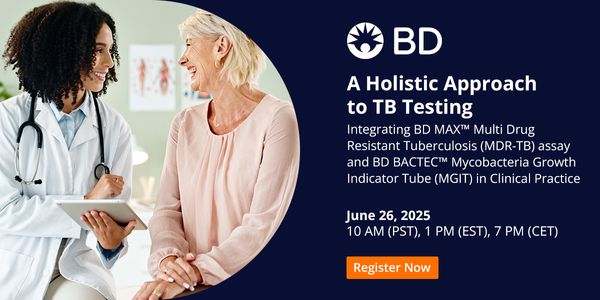Animal Models for Tuberculosis Research
-
Yong Cheng, PhD
Research Assistant Professor, Department of Biological Sciences, University of Notre DameBIOGRAPHY
Tuberculosis (TB) is the No.1 cause of death due to a single infectious agent in the world today. According to the global report from World Health Organization, one third of world population is currently infected with Mycobacterium tuberculosis, the causative agent of tuberculosis. Approximately 90% of those infected have latent TB and therefore are not infectious and have no TB symptoms; however, the remaining ~10% will develop active tuberculosis at some time during their lifetime, resulting in an estimated 10 million new TB cases and ~2 million deaths worldwide annually. While the successful implementation of DOTS (Directly Observed Treatment, Short-course) strategy has significantly decreased the global TB spread in the past two decades, the development of multidrug-resistant (MDR) and extremely drug-resistant (XDR) TB is now becoming a serious concern in high burden populations. To accelerate the global control of TB and limit the spread of drug-resistant TB, more effective anti-TB vaccines and drug regimens are needed. Additionally, it’s clear that we need a better understanding of the interaction between the M. tuberculosis and its host at the cellular and organism level. To address these questions, suitable experimental animal models of TB are required that mimic the course of human TB as well as reproduce the human body responses to TB vaccines and drug regimens. In this Webinare, we will highlight the different animal models in TB medical research, and discuss the issues around the appropriate choice of animal model in understanding host-pathogen interaction mechanisms during an M. tuberculsis infection, and evaluation of anti-TB vaccines and drugs.
Animal Models for Tuberculosis Research
Please update your information
Certificate of Participation
DOWNLOAD CERTIFICATE






